In Gauteng, the populous province of three cities, everybody now knows somebody who has had Covid-19 – by 22 July, detected cases will overshoot 140,000 and confirmed deaths are now at 1,042 people (may they all rest in peace). Put another way, one in three people with Covid-19 live in Gauteng.
On Monday, 20 July at a visit to the Nasrec field hospital and quarantine site, Health Minister Zweli Mkhize said Gauteng may be peaking as he moved his attention to KwaZulu-Natal where the infection’s doubling rate suggests the next provincial surge of Covid-19’s journey through South Africa.
Yet this slide shows that doctors who are modelling in Gauteng expect a long outbreak here with a peak only in September.
We sought to explore peak scenarios because Gauteng with 15 million people and responsible for 30% of GDP is key to how Covid-19 impacts South Africa.
The easing of the lockdown has caused the province’s people and its economy of three cities to get into gear.
These Google mobility reports show how Gauteng has come to life. Looking at them, you will see how on lockdown, we stopped moving: data at transit stations (taxi ranks, stations, bus stops, etc) dropped by 78%; workplaces by 43%; retail by 70%.
Then, in Google mobility tables provided to Daily Maverick up to 13 July, you can see the province started moving, not back up to normal levels of hustle-bustle, but up in some cases by double the total wheels or feet. Retail mobility (how often we visit shops of various sorts) is still 37% down on baseline but substantially up on the hard lockdown. Public transport usage is up by 20 percentage points.
The virus moves when people move, so the reports explain the Gauteng spread.
Gauteng was always going to be the epicentre as epidemiologists with the National Institute of Communicable Diseases modelling scenarios have shown.
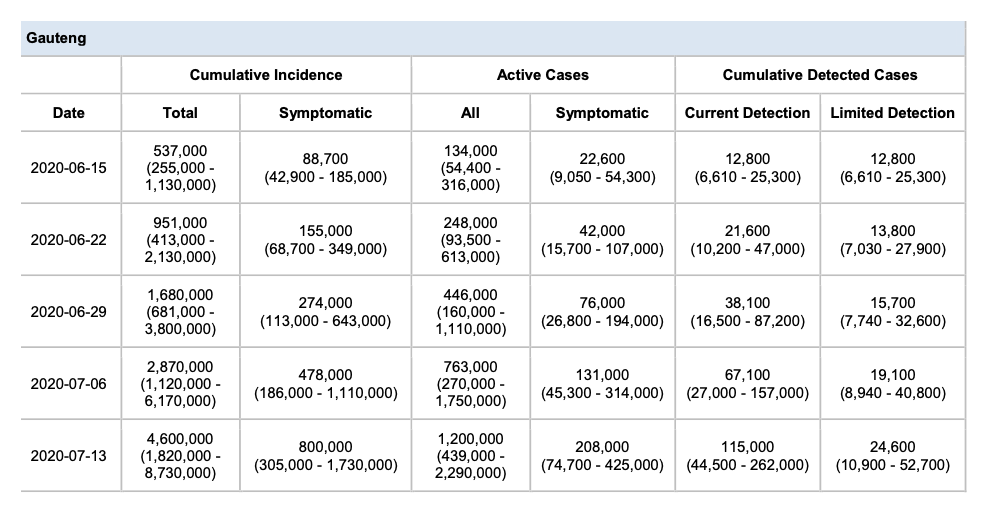 These two sets of projections from the NICD’s latest short-term projections report for June and July reveal that cumulative detected cases for the province (at 115,000 by 13 July) were largely correct. The deaths are not at the worst-case scenario but at over 1,000 confirmed cases, the cemeteries are filling far faster than in a normal year. The modelling consortium had predicted 730 deaths for Gauteng by 13 July (off the worst-case scenario of 1,710 deaths).
These two sets of projections from the NICD’s latest short-term projections report for June and July reveal that cumulative detected cases for the province (at 115,000 by 13 July) were largely correct. The deaths are not at the worst-case scenario but at over 1,000 confirmed cases, the cemeteries are filling far faster than in a normal year. The modelling consortium had predicted 730 deaths for Gauteng by 13 July (off the worst-case scenario of 1,710 deaths).
Dr Vukosi Marivate who is the lead scientist in the Gauteng command team on Covid-19 says we should wait for another week to see if Gauteng’s numbers stabilise.
From this slide, you will see that the highest number of increases per day in Gauteng were on 9 July when there were 6,531 positive cases in the province. That figure has come off its highs with decreases over the past week: 16 July (5,635), 17 (5,141), 18 (5,516), 19 (5,008), 20 (5,013) and 21 July (3,265). “It’s too early to make a call, but the numbers are not increasing at the same rate as a week ago,” says Dr Ridhwaan Suliman, senior researcher at the Centre for Scientific and Industrial Research (CSIR) who was speaking in his personal capacity.
He says the decreasing numbers may have to do with the fact that fewer tests were done across the country in the past couple of days – from an average 45,000/50,000 a day, the number of tests is down by between 15% and 20% a day. And Suliman says the positivity rate of Covid-19 (an important figure calculated as a percentage of cases and tests) is still high at 26% to 27% across the country. He says any figure above 10% is considered high by the World Health Organisation.
Suliman says the reason that the focus is now shifting to KwaZulu-Natal is that its doubling rate of infections is now nine days, while the Western Cape is at 33 days and Gauteng at 15 days. A doubling rate is a crucial indicator of infection spread.
The bottom line on all provincial figures (except for the Western Cape) is that it is still too fast. DM


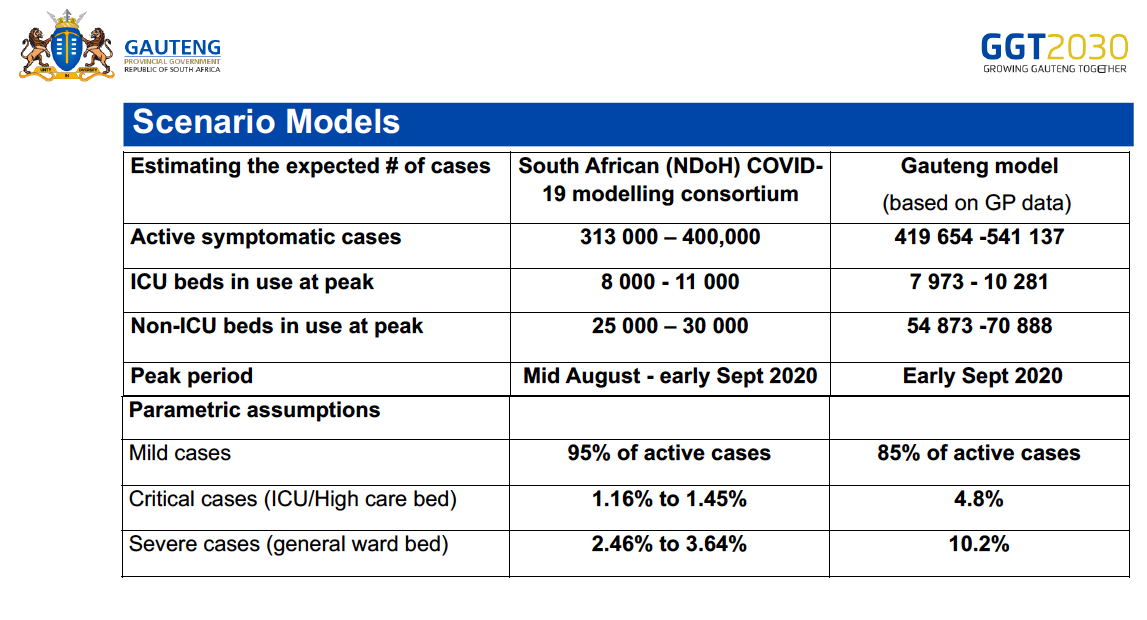
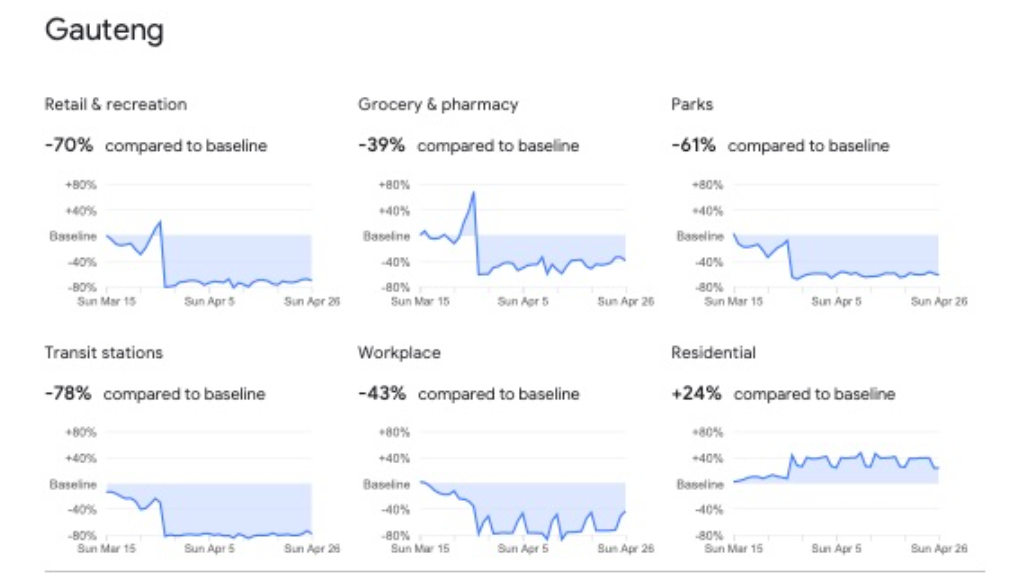
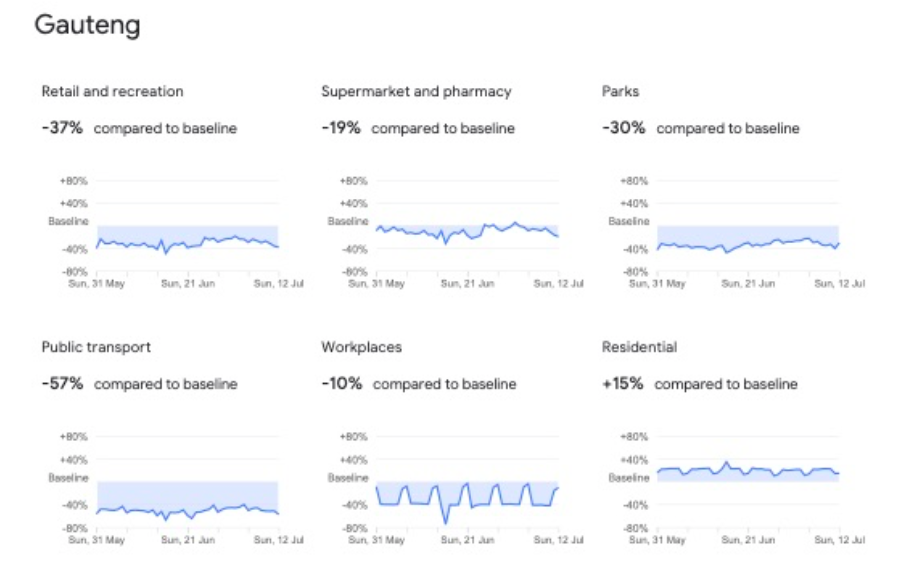
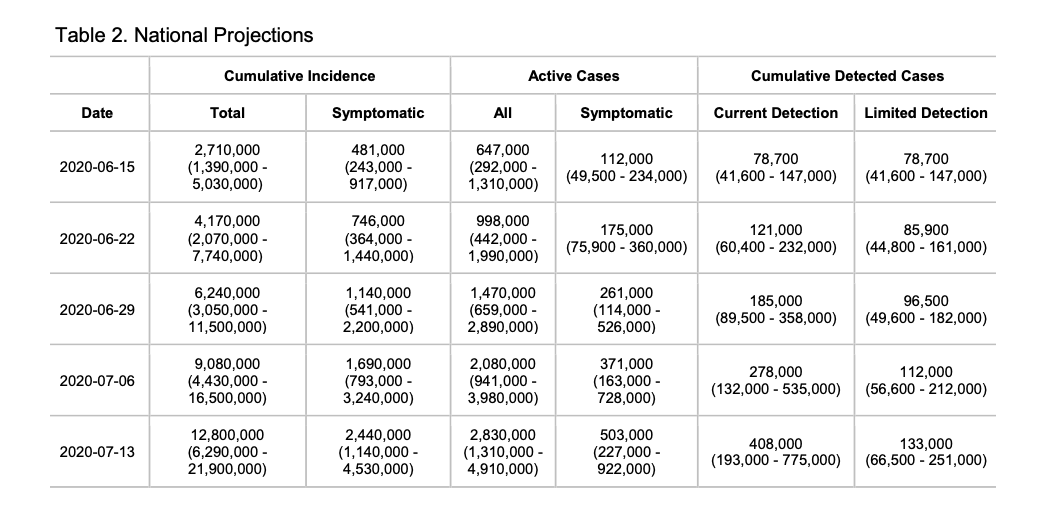

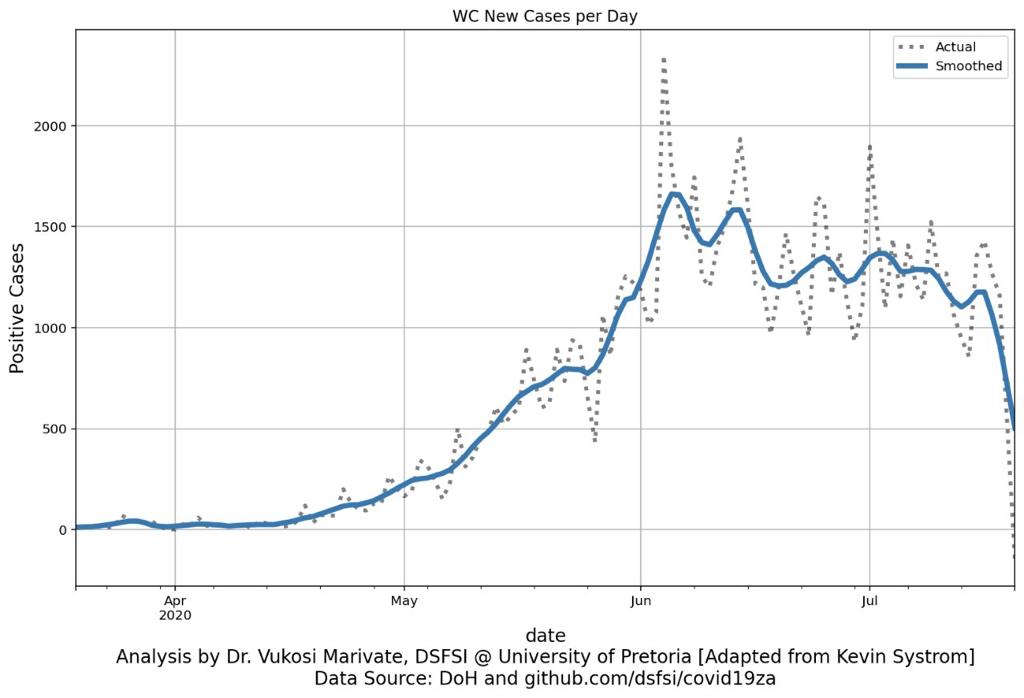
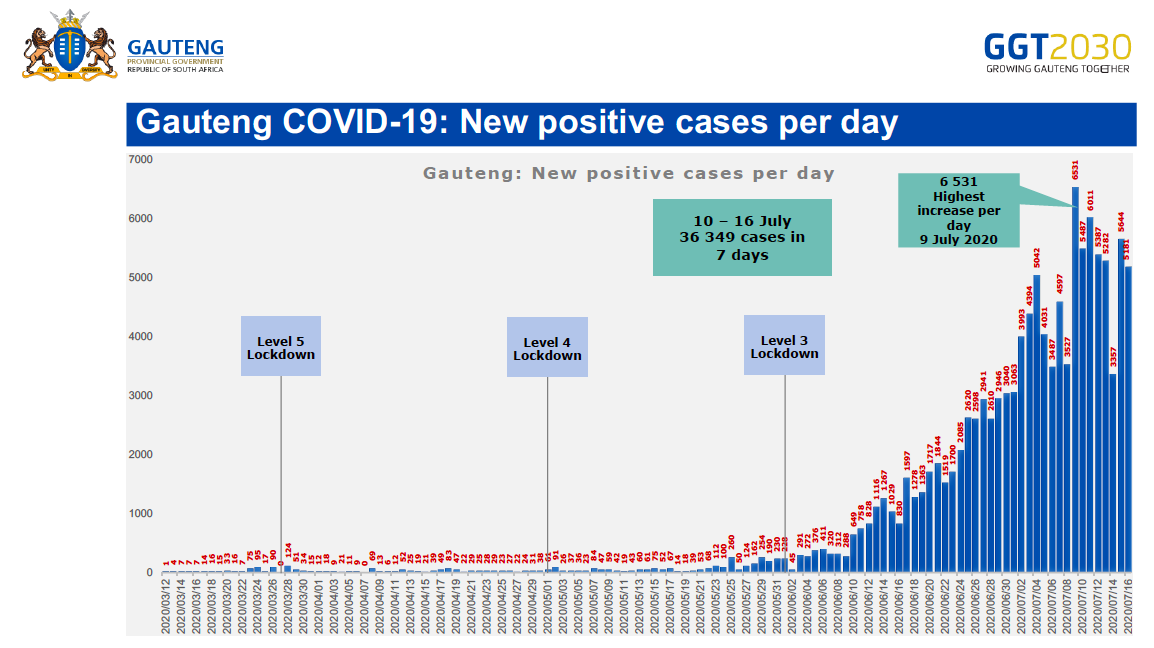



 Become an Insider
Become an Insider